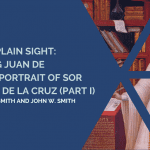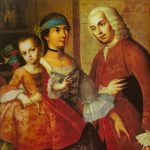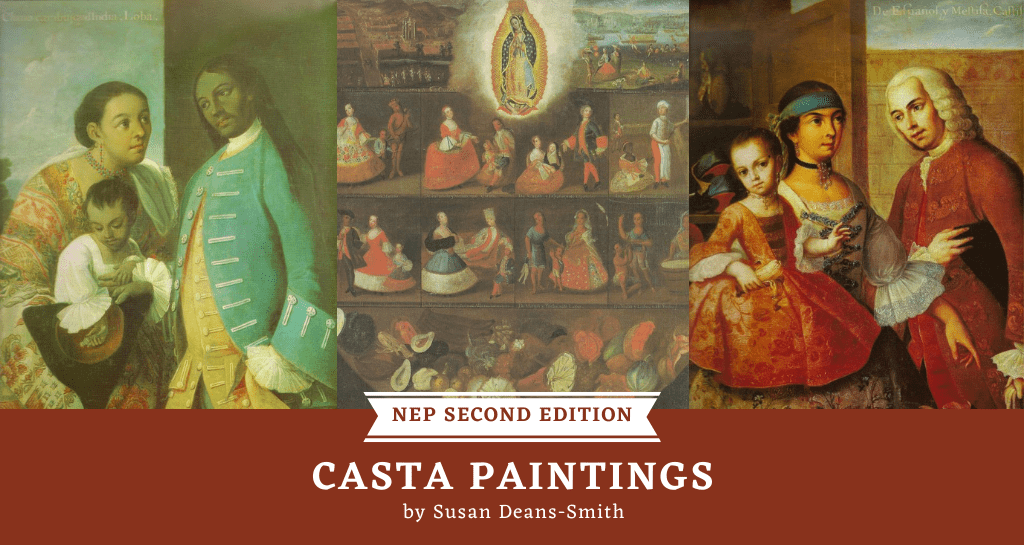
From the Editors: Not Even Past Second Editions update and republish some of our most important and widely read articles. This is an electronic version of an article published in the Colonial Latin American Review © 2005 Copyright Taylor & Francis; Colonial Latin American Review is available online at www.tandfonline.com http://www.tandfonline.com/doi/abs/10.1080/10609160500314980
In 1746 Dr. Andrés Arce y Miranda, a Creole attorney from Puebla, Mexico, criticized a series of paintings known as the cuadros de castas or casta paintings. Offended by their depictions of racial mixtures of the inhabitants of Spain’s American colonies, Arce y Miranda feared the paintings would send back to Spain the damaging message that creoles, the Mexican-born children of Spanish parents, were of mixed blood. For Arce y Miranda, the paintings would only confirm European assumptions of creole inferiority.
Casta paintings first appeared during the reign of the first Bourbon monarch of Spain, Phillip V (1700-46), and grew in popularity throughout the eighteenth century. They remained in demand until the majority of Spain’s American colonies became independent in 1821. To date over one hundred and twenty full or partial series of casta paintings have been documented. More continue to surface at art auctions or even through serendipity such as the “casta-under-the couch” discovery in 2015. Their popularity in the eighteenth and early nineteenth centuries suggest that many of Arce y Miranda’s contemporaries did not share his negative opinions of the paintings.
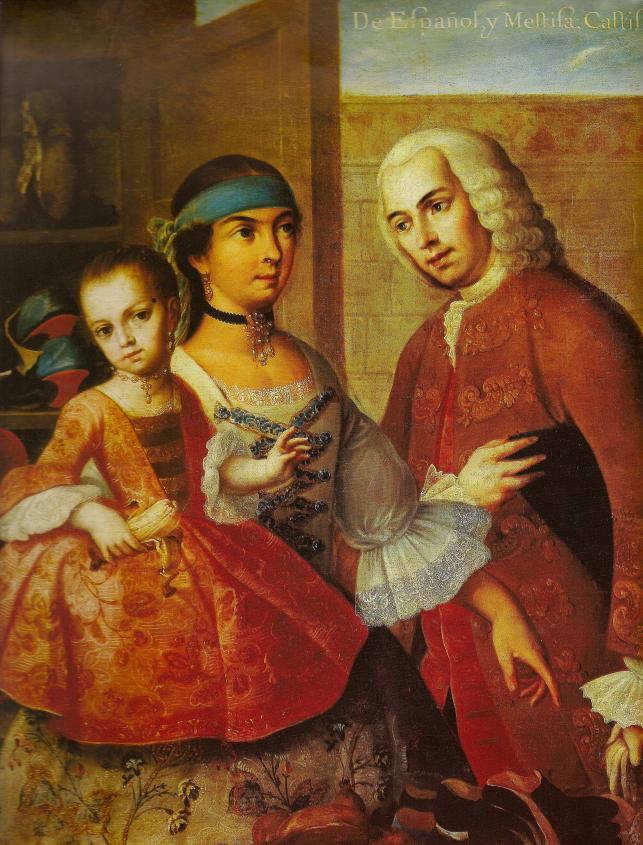
The casta series represent different racial mixtures that derived from the offspring of unions between Spaniards and Indians–mestizos, Spaniards and Blacks–mulattos, and Blacks and Indians–zambos. Subsequent intermixtures produced a mesmerizing racial taxonomy that included labels such as “no te entiendo,” (“I don’t understand who you are”), an offspring of so many racial mixtures that made ancestry difficult to determine, or “salta atrás” (“a jump backward”) which could denote African ancestry. The overwhelming majority of extant casta series were produced and painted in Mexico. While most of the artists remain anonymous, those who have been identified include some of the most prominent painters in eighteenth-century Mexico including Miguel Cabrera, Juan Rodríguez Juárez, José de Ibarra, José Joaquín Magón, José de Páez, José de Alcíbar, and Francisco Vallejo.
Casta paintings were presented most commonly in a series of sixteen individual canvases or a single canvas divided into sixteen compartments, with significant variations in size. The series usually depict a man, woman, and child, arranged according to conceptions of hierarchies of race and status, the latter increasingly represented by occupation as well as dress by the mid-eighteenth century. The paintings are usually numbered and the racial mixtures identified in inscriptions. Spanish men are often portrayed as men of leisure or professionals, blacks and mulattos as coachmen, Indians as food vendors, and mestizos as tailors, shoemakers, and tobacconists. Mulattas and mestizas are often represented as cooks, spinners, and seamstresses. Despite clear duplications, significant variations and innovations occur in casta series produced throughout the eighteenth and early nineteenth centuries. Whereas some series focus on representation and specification of racial mixtures, dress styles, and material culture, others are more detailed in their representation of flora and fauna peculiar to the New World (avocadoes, prickly pear, parrots, armadillos, and different types of indigenous peoples). While the majority appear to be in urban settings, several series depict rural landscapes.
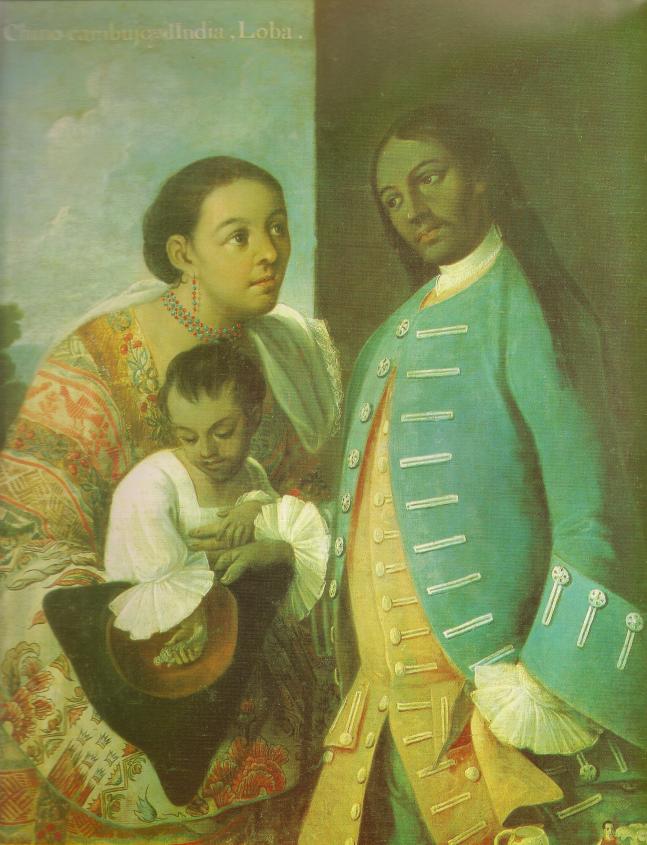
What do these exquisitely beguiling, if sometimes disturbing, images tell us about colonial society and Spanish imperial rule? As with textual evidence, we cannot take them as unmediated and transparent sources but they are remarkable for what they reveal about perceptions of genealogy and difference. Spanish elites’ anxiety about the breakdown of a clear socio-racial hierarchy in colonial society–the sistema de castas or caste system–that privileged a white, Spanish elite partially accounts for the development of this genre. Countering those anxieties, casta paintings depict colonial social life and mixed-race people in idealized terms. Instead of the beggars, vagrants, and drunks that populated travelers’ accounts and Spanish bureaucratic reports about its colonial populations, viewers gaze upon scenes of prosperity and domesticity, of subjects engaged in productive labor, consumption, and commerce. Familiar tropes of the idle and drunken castas are only occasionally depicted in scenes of domestic conflict. In addition, European desires for exotica and the growing popularity of natural history contributed to the demand for casta paintings with its taxonomic impulses.
The only extant casta series from Peru was commissioned as a gift specifically for the natural history collection of the Prince of Asturias (the future Charles IV of Spain). And despite Dr. Arce y Miranda’s fears, many contemporaries believed the casta series offered positive images of Mexico and America as well as of Spanish imperial rule. In this regard, casta paintings tell us as much about Mexico’s and Spain’s aspirations and resources as they do about racial mixing and racial anxieties. Many owners of casta paintings were high-ranking colonial bureaucrats, military officials, and clergy, who took their casta paintings back to Spain with them when they completed their service in America. But there is also evidence of patrons from the middling ranks of the colonial bureaucracy and society. Fragmentary data on the price of casta paintings suggests that their purchase would not have been restricted to only the very wealthy.
The casta paintings were displayed in official public spaces, such as museums, universities, high ranking officials’ residences and palaces, as well as in unofficial spaces when some private collections would be opened up to limited public viewing. The main public space where casta paintings could have been viewed by a wider audience was the Natural History Museum in Madrid.
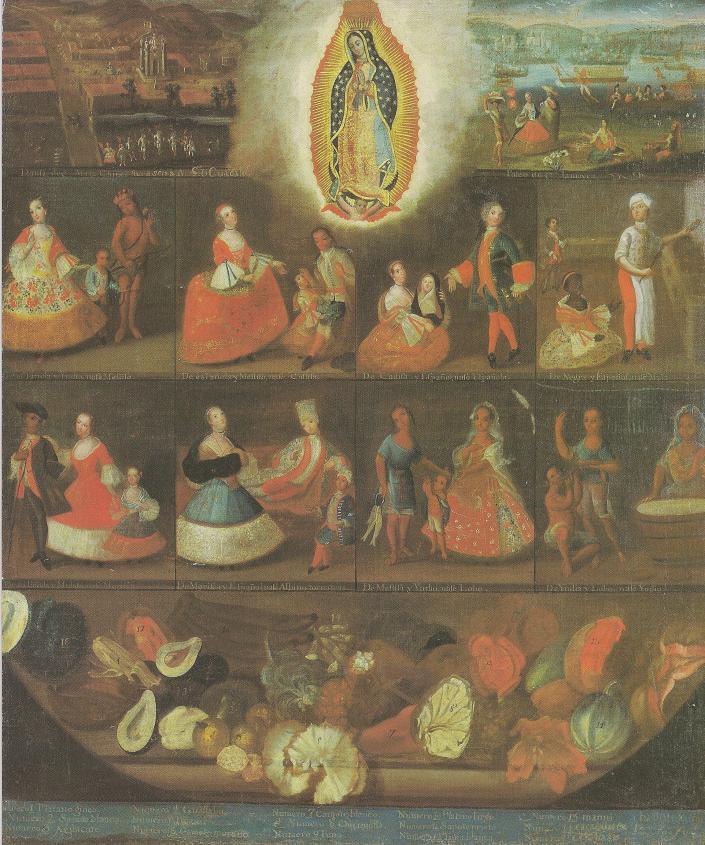
Regardless of what patrons and artists may have intended casta paintings to convey, viewers responded to them according to their own points of reference and contexts. While much remains to be learned about who saw sets of casta paintings and where they saw them, fragmentary evidence suggests varied audience responses. The English traveler Richard Phillips, visiting the Natural History Museum in Madrid in 1803, enthusiastically encouraged his readers to go and see the casta paintings as exemplary exotica along with Japanese drums and Canopus pots from Egypt. Another English traveler, Richard Twiss, expressed skepticism about the inscriptions that described the racial mixtures depicted in a casta series he viewed in a private house in Malaga. And, to return to Arce y Miranda in Mexico, the casta paintings for him signified a slur on the reputation of creoles in Mexico.
Their growing desirability outside of Mexico and Spain, is demonstrated by their appearance in European collections, some through purchase at auction or private transaction, others – allegedly – through more nefarious means. Several sets, for example, can be identified in English collections as early as the mid-eighteenth century.. The British landscape painter Thomas Jones (1742-1803) made a diary entry for 19th August, 1774 about a set of casta paintings – “curious pictures painted in Spanish-America, representing the different degrees of mixture” – he viewed at his friend’s house, “Mr Skottow’s [sic] of Chesham.”
The painter, art dealer, entrepreneur, and museum owner, James Bisset (1760-1832), displayed his collection of casta paintings in his “Cabinet of the Fine Arts,” in Leamington Spa before they were put up for sale sometime between 1820 and after his death in 1832.* Joseph William Noble (1799-1861), a physician and Lord Mayor of Leicester (1841 to 1859) donated a partial series – from “The School of Mexico” – to the Leicester Museum and Art Gallery in 1852.
And, of course one of the most famous casta series in an English collection is to be found at Breamore House in Hampshire, attributed to the Mexican painter Juan Rodríguez Juárez. A series of fifteen copper plate casta paintings by José de Paéz, dated 1766, also made its way into the art collection of the German painter Dominicus Gottfried Waerdigh (1700-1789) and was auctioned at the Stock Exchange Hall in Hamburg in 1790 after his death (Getty Provenance Index Sale Catalog D-A201, Lot 0179[o]).
Recent scholarship has advanced our understanding of the development of this provocative genre in deeply significant ways. Much still remains to be understood, however, about the production, patronage, collection, and reception of the casta paintings in the late eighteenth and nineteenth centuries and the colonial imaginary.
For more on Casta Paintings:
Magali M. Carrera, Imagining identity in New Spain: Race, Lineage, and the Colonial Body in Portraiture and Casta Paintings (2003)
Rebecca Earle, “The Pleasures of Taxonomy: Casta Paintings, Classification, and Colonialism,” TheWilliam and Mary Quarterly, vol. 73, number 3, (2016): 427-466
María Concepción García Saiz, Las castas mexicanas: un género pictórico americano (1989)
Ilona Katzew, Casta Painting: Images of Race in Eighteenth-Century Mexico (2004)
–––––– “White or Black? Albinism and Spotted Blacks in the Eighteenth-Century Atlantic World.” In Pamela A. Patton ed., Envisioning Others. Race, Color, and the Visual in Iberia and Latin America (2016), 142-186
Jean-Paul Zuñiga, “Muchos negros, mulatos y otros colores.” Visual Culture and Colonial Knowledge in the Eighteenth Century,” (trans. from the French by Brian Horihan) Annales. Histoire, Sciences Sociales, vol. 68, 1 (2013): 45-76
*my thanks to Rebecca Earle for sharing this information on Bisset
Images posted by permission of El Museo de América, Madrid
The views and opinions expressed in this article or video are those of the individual author(s) or presenter(s) and do not necessarily reflect the policy or views of the editors at Not Even Past, the UT Department of History, the University of Texas at Austin, or the UT System Board of Regents. Not Even Past is an online public history magazine rather than a peer-reviewed academic journal. While we make efforts to ensure that factual information in articles was obtained from reliable sources, Not Even Past is not responsible for any errors or omissions.

